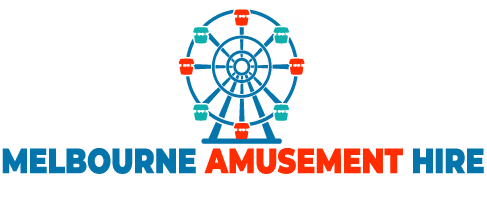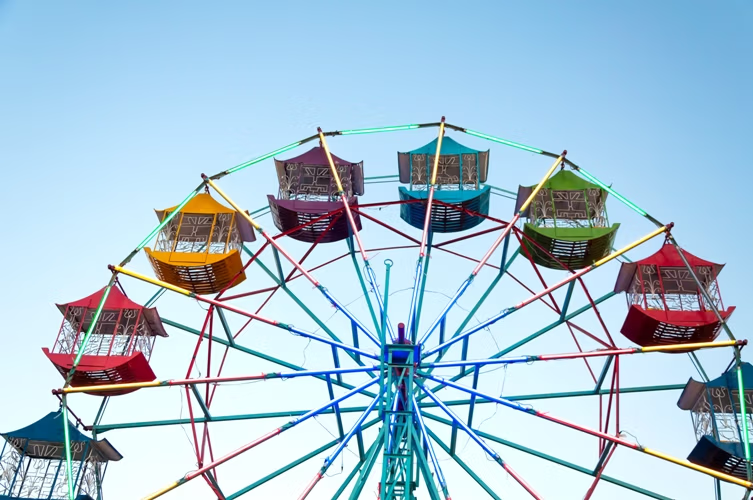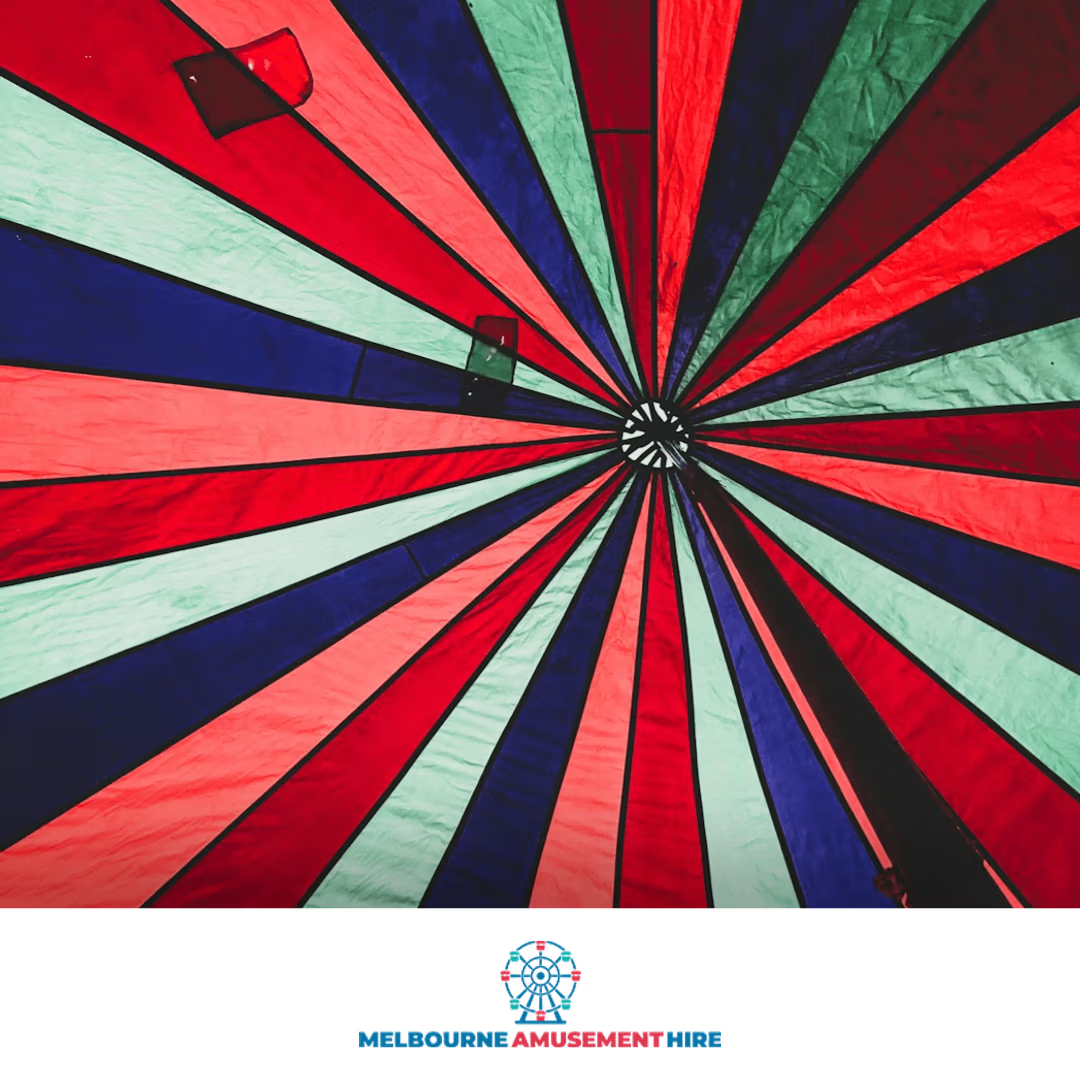From small town entertainment to big city pride, carnivals have been a staple for locals since their inceptions. Think about it, what’s not to love? Live music, crazy competitions, carnival fair rides, games, and all the drinks and delicacies you can munch!
The aroma of the cotton candy fills the air and there’s a palpable excitement that takes over. Beyond the delicious food and the exciting games, one of the key attractions that attract crowds from all corners is the dazzling carnival fair ides. But have you ever wondered which rides are the most sought-after?
1. Origins of the Modern-Day Carnivals:
The modern-day carnival follows centuries of development. Strolling players entertained the street crowds in ancient Egypt, Greece, and Rome. When all the religious festivals of the Middle Ages brought throngs to the European city squares and plazas, shows came too. The street vendors and sweetmeat sellers mingled with the people, while the jugglers, clowns, acrobats, singers, dancers, and carnival fair rides amused them.
The name ‘carnival’ was originally given to the season of merrymaking held on those three days before Lent in Roman Catholic cities. Such celebrations still attract thousands of participants to cities throughout the world. Among the most popular are the Mardi Gras festivals in New Orleans, La., and Mobile, Ala., and the popular carnivals in Rio de Janeiro, Brazil, and Binche, Belgium. Each has a procession of the elaborate floats and costumed marchers.
With each passing decade, carnivals garnered global recognition, attracting millions worldwide. The 21st century brought modernization, incorporating their great technological advancements into the celebration without compromising their cultural essence. Live Streams, social media, and the interactive experiences broadened its reach, ensuring its presence transcends geographical boundaries.
2. Ferris Wheels and Merry-Go-Rounds:
Many carnival fair rides appear to be dangerous and exciting, but nothing replaces the merry-go-round and the Ferris wheel as the favorites. The merry-go-round dates back to the early 18th century. Its French name, ‘carrousel’, was that of a tournament entertainment popular in the 17th-century Italy and France. Troops of the costumed horsemen engaged in the contests, drills, and pageants. The Place du Carrousel, in between the Louvre and the Tuileries Garden in Paris in Rome, was named for having a massive carrousel given there by Louis XIV in 1662.
Since only the nobility could enjoy all these spectacles, a Parisian toymaker set the hobbyhorses on a particular platform to create a make-believe carrousel. It was crudely built and the platform turned slowly with only the manpower or horsepower to move it; but it delighted guests from the beginning. Modern-day merry-go-rounds are whirled by motors, but several of them still carry the prancing wooden ponies wearing the fancy harness of tournament mounts. Other rides feature fanciful animals of all sorts.
The first ever Ferris wheel was 250 feet (76 meters) in diameter and held almost a thousand riders. It was developed for the World’s Columbian Exposition organized in Chicago, Ill., in 1893. Carnival wheels are much smaller but they appear sky-high to youthful riders.
3. Find a Trusted Carnival Fair Rides and Equipment Supplier:
Start by looking for the trusted suppliers of the carnival fair rides, games and equipment from whom you can hire the necessary equipment. It’s essential to understand that some providers may not be operating legally. In other cases, the company may be run by someone without the proper training to use the hired equipment safely. While they are likely to offer you lesser prices, please do not fall for it as it’s not the safest option.
Before you hire carnival fair rides or equipment for a fete or event, contact your local business or amusement association. These associations have particular guidelines and ensure those hire firms listed are fully insured and carry out regular carnival equipment maintenance. This is an intelligent way to ensure that you only look for a firm with adequately trained and skilled operators. Knowing this can make the entire process of hiring amusement rides at your event much less stressful.
4. Request Experienced Onsite Contractors for Installation:
Always be aware that only skilled operators can install and operate the carnival rides and equipment. Therefore, make sure the carnival equipment hire company that you plan to hire should provide a professionally trained equipment operator. It will ensure that everything goes well as planned as they are in charge of the operation and installation of carnival rides. This is because you want to ensure that your event accomplishes without any problems. Safe installation of the equipment and operation of the rides will guarantee that everyone has a gala time enjoying the event.
5. Are the Equipment Labelled ‘Recently Inspected’?
Make sure you only hire quality-assured and safe carnival equipment and rides. Only that will ensure the safety of your guests and permit them to enjoy themselves fully. The carnival fair rides you have decided to hire should be labelled as meeting all the necessary health safety standards. This type of certification can usually be visible as a sticker on the equipment and includes the date of the last official inspection. Also, please take a look at the equipment to ensure that it isn’t rusty, old or poorly maintained.
A proper inspection by local authorities should ensure that the equipment meets provincial standards. This will also include verification of its operation and that all the individual parts are in good working order. Also, most local inspectors will have verified that the carnival equipment hire company has kept up with their insurance and registration. Talk to the contractor immediately if you don’t see a visible inspection label on the carnival equipment. Remember that the more prepared and well-informed you are, the more likely you are to plan an enjoyable, safe and holistically entertaining carnival.







